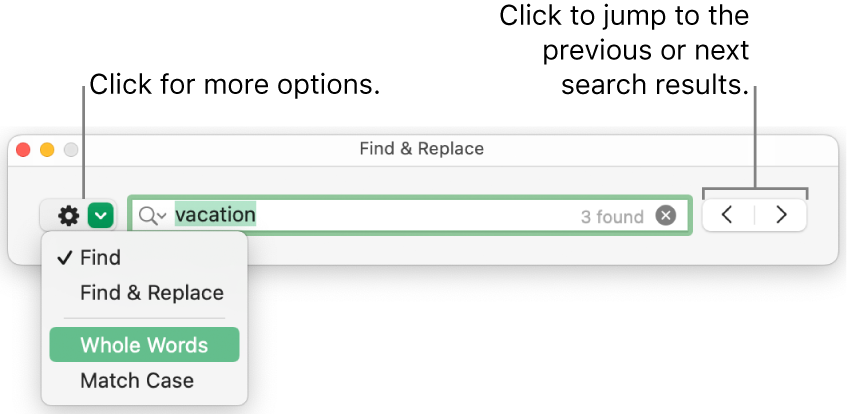
- WHERE IS THE REPLACE BUTTON IN WORD FOR MAC INSTALL
- WHERE IS THE REPLACE BUTTON IN WORD FOR MAC DRIVER
- WHERE IS THE REPLACE BUTTON IN WORD FOR MAC CODE
Once this mode is entered, as indicated in the Status bar, the mouse gestures and the arrow keys will create a column selection by default. The user setting Editor: Column Selection controls this feature. You can edit your keybindings.json to bind them to something more familiar if you want. ⇧⌥⌘PageUp (Windows Ctrl+Shift+Alt+PageUp, Linux ) ⇧⌥⌘PageDown (Windows Ctrl+Shift+Alt+PageDown, Linux ) ⇧⌥⌘→ (Windows Ctrl+Shift+Alt+Right, Linux ) ⇧⌥⌘← (Windows Ctrl+Shift+Alt+Left, Linux ) ⇧⌥⌘↓ (Windows Ctrl+Shift+Alt+Down, Linux )
There are also default key bindings for column selection on macOS and Windows, but not on Linux. Note: This changes to Shift+Ctrl/Cmd when using Ctrl/Cmd as multi-cursor modifier. Place the cursor in one corner and then hold Shift+Alt while dragging to the opposite corner: Here's an example of expanding the selection with ⌃⇧⌘→ (Windows, Linux Shift+Alt+Right): Trigger it with ⌃⇧⌘← (Windows, Linux Shift+Alt+Left) and ⌃⇧⌘→ (Windows, Linux Shift+Alt+Right).

Quickly shrink or expand the current selection. For example, when the setting is ctrlCmd, multiple cursors can be added with Ctrl/Cmd+Click, and opening links or going to definition can be invoked with Alt+Click. The Go To Definition and Open Link gestures will also respect this setting and adapt such that they do not conflict. There's also a menu item Use Ctrl+Click for Multi-Cursor in the Selection menu to quickly toggle this setting. ctrlCmd - Maps to Ctrl on Windows and Cmd on macOS.This lets users coming from other editors such as Sublime Text or Atom continue to use the keyboard modifier they are familiar with. If you'd like to change the modifier key for applying multiple cursors to Cmd+Click on macOS and Ctrl+Click on Windows and Linux, you can do so with the editor.multiCursorModifier setting. Tip: You can also add more cursors with ⇧⌘L (Windows, Linux Ctrl+Shift+L), which will add a selection at each occurrence of the current selected text. ⌘D (Windows, Linux Ctrl+D) selects the word at the cursor, or the next occurrence of the current selection.

WHERE IS THE REPLACE BUTTON IN WORD FOR MAC DRIVER
Note: Your graphics card driver (for example NVIDIA) might overwrite these default shortcuts. A common way to add more cursors is with ⌥⌘↓ (Windows Ctrl+Alt+Down, Linux Shift+Alt+Down) or ⌥⌘↑ (Windows Ctrl+Alt+Up, Linux Shift+Alt+Up) that insert cursors below or above. Each cursor operates independently based on the context it sits in. You can add secondary cursors (rendered thinner) with Alt+Click.
WHERE IS THE REPLACE BUTTON IN WORD FOR MAC CODE
VS Code supports multiple cursors for fast simultaneous edits.
WHERE IS THE REPLACE BUTTON IN WORD FOR MAC INSTALL


 0 kommentar(er)
0 kommentar(er)
